It is ČSLA (as it stands for Československá Lidová Armáda – meaning Czechoslovak People’s Army) but more importantly
1. Tanková Divize
20. Motostřelecká Divize
Tankova Divisia souds like a butchered Slovak version (It would actually by 1.Tanková Divízia in Slovak).
Also, apparently the ČSLA didn't have Shilkas. Hopefully we can get expedient Czechoslovak and Polish lists written up for the next campaign.
Preamble
Once facet of the hypothetical World War III as presented in the Team Yankee books that I don't think has been adequately explored are the Non-Soviet Warsaw Pact (NSWP) armies apart from the NVA. In the German theater one would likely see Czech and even Polish forces operating alongside Soviet and East German forces. Unfortunately at this point we don't have specific rules for either the Czechs or Poles, but the East Germans are probably as good an approximation as any at this point for their force organization given the lack of T-64s in any nation outside of the U.S.S.R.
Though I don't have any at this point, there are some unique Czech and Polish vehicles that could also look good on the table that would proxy pretty well for existing units. For example, the Czech OT-64 SKOT APC is pretty much a drop-in replacement for the BTR-60. Vehicles like the 152mm SpGH DANA wheeled self-propelled gun are a bit more problematic, as the gun is on the level of an Acacia, but the largest gun artillery currently available in the NVA list is the Carnation - and both of those vehicles are tracked, not wheeled. One could still likely get away with a Carnation proxy, but it would be fun to see some of these vehicles on the table.
So what follows is the battle report of 1 Tankova Divizia of the CSLA (Czechoslovak People's Army) encountering an American force outside of its normal support areas. I've decided to go with a different narrative style this time - someone (we don't know who) writing a history of the Third World War. I'll have the narrative drop off from time to time as we just don't know how this thing is going to turn out yet. I hope you enjoy it!
Excerpts from "A History of the Third World War" by...
Chapter 6 - The CSLA Adventure in Niederbayern
"If the nation only knew their hands dripped with innocent blood, it would have met them not with applause but with stones." - Georgy Zhukov
In the opening weeks of World War III, Soviet forces were quickly able to overrun much of northern Germany and conquered Denmark. Their offensive was brought to a standstill as they tried to reach Amsterdam, but in central Germany they managed to break through into the Ruhr and closed on Frankfurt trapping much of the BOAR in a pocket around Hanover. Toward the south, the Americans made a thrust through the Hof Corridor into the Deutsche Demokratische Republik near Leipzig in an effort to relieve Berlin, but were met with unexpectedly harsh resistance stalling that offensive. In the South, the Americans were able to begin pushing Soviet forces back in Niederbayern leading Stavka to commit the Czechoslovak 1 Tankova Divizia to the fighting in the region as they committed their forces further north.
Realizing that most of the Soviet forces had repositioned themselves, the Americans were confident they could hold the line in Neiderbayern and perhaps begin pushing into Czechoslovakia itself. They neglected to consider that they were facing a relatively fresh enemy who had been used sparingly in the first weeks of the war and enjoyed very short supply lines back to the Czechoslovak armaments factories.
The American Fifth Mechanized Infantry Division, the Red Diamond or Red Devil Division, was deployed through the POMCUS (Prepositioning Of Materiel Configured in Unit Sets) system in the second week of the war. While most POMCUS forces were committed to the attack into East Germany through the Hof Corridor, the 5th Mechanized Infantry Division was diverted south to shore up the lines and force back Warsaw Pact forces in Niederbayern near the border of Czechoslovakia.
Equipped with the new M1 Abrams tank, the 4th Battalion, 35th Armor Regiment, 1 Brigade was at the northern end of the local front. The Abrams tank was a technical marvel, but it was thirsty and it was somewhat under-gunned, especially as compared to the new Bundeswehr tank, the Leopard 2. This led to several tanks being lost early in the deployment when they engaged numerically superior Warsaw Pact, especially Czechoslovak, forces without adequate support. Ultimately, their tactics would improve...
One such misadventure started on August 17, 1985, when a company of M1 Abrams tanks had fallen behind and stopped to refuel. They had just completed the refueling operation when they encountered probing elements of the Czechoslovak 1 Tankova Divizia. The CSLA force was balanced and included reconnaissance elements, artillery, and anti-aircraft units in addition to its T-72B and T-55AM2 main force, but lacked any real infantry support as the motor rifle groups had been focused further south.
"Some goddamn fool once said that flanks have got to be secure. Since then sonofabitches all over the globe have been guarding their flanks. I don’t agree with that. My flanks are something for the enemy to worry about, not me. Before he finds out where my flanks are, I’ll be cutting the bastard’s throat." - George Patton
The CSLA battlegroup sought to use its superior numbers to outflank and overwhelm the enemy, but the scrappy Americans were having none of it...
Taking the initiative, their first platoon moved forward aggressively to eliminate a short company of CSLA T-72B tanks on the south flank while the second platoon moved to cut off the rest of the force, including a battalion of T55AM2 tanks and two more short companies of T-72B tanks. If one of their number had not bogged down due to the soft mud in a small wooded area, their breakthrough attack may well have succeeded. Early M1 tanks often suffered from mud build up between the side skirts and the drive sprocket ring, which was ironically meant to hamper mud seizing the drive train. This issue was later fixed...
With three of his T-72 tanks burning, the CSLA commander immediately ordered his force to advance on the northern flank, while he repositioned one company of T-72B tanks to the southern flank. He also ordered the Reconnaissance squadron to attempt an end run around the American forces to cut off any avenue of retreat. His surviving tanks on the southern flank engaged the American tanks, but their shots simply bounced off the armor of the Abrams. At this point in the conflict, the Soviets were not supplying NSWP armies with the best available ammunition. This would...
The CSLA end run with the reconnaissance group ended up being a suicide run as all four BRDM armored cars were cut down by the Abrams tanks. However, inexplicably the Abrams were still out in the open - allowing the fresh T-72B company to work itself into a better firing position, and ultimately the entire platoon was destroyed - three M1 tanks, leaving the south flank entirely open. The loss of these tanks would have immediate implications at the...
The 4th Battalion tanks on the northern flank found themselves under intense fire from all quarters - including Spandrel missiles, T-72B and T-55AM2 tanks. They were able to wipe out an entire company of T-72B tanks, several T-55AM2, and at least one Spandrel, but found their position untenable. With the southern flank failing, the surviving Abrams tanks used their superior mobility to bid a hasty retreat from the battlefield.
As was standard practice at the time, the CSLA official unit histories hailed this as a great victory, but was it really? Certainly it was a tactical victory - an American force had been encountered and forced to quit the field allowing local gains. However, for the loss of four M1 tanks, the Americans destroyed six T-72B tanks, three T-55AM2, one Spandrel armored car, and four BRDM reconnaissance vehicles. The lack of reconnaissance capability would come back to haunt 1 Tankova Divizia a few days later at the Battle of...
Final Notes and Battle Honors
This will likely be my next to last battle report, and the last one I'll be able to play with the crew at Guardian Games before the end of the Firestorm Campaign. I want to thank everyone in the local gaming group for their enthusiasm and support during the campaign, and I look forward to getting back to our local campaign here next weekend!
I don't know what Battlefront's long-term plans are for other NSWP nations outside of the NVA, but I personally would love to see a few more options in the future. That being said, if you're willing to get different decals and proxy a few things, there's no reason you can't get a Czechoslovakian or Polish force going using the existing Soviet or Volksarmee books - you just wouldn't have access to some of the equipment available to Soviet lists as things like the T-64 weren't exported.
I'll leave you with a final fun fact - the 152mm SpGH DANA is still in service in several countries. Here's one tooling around at NATO Days 2012:
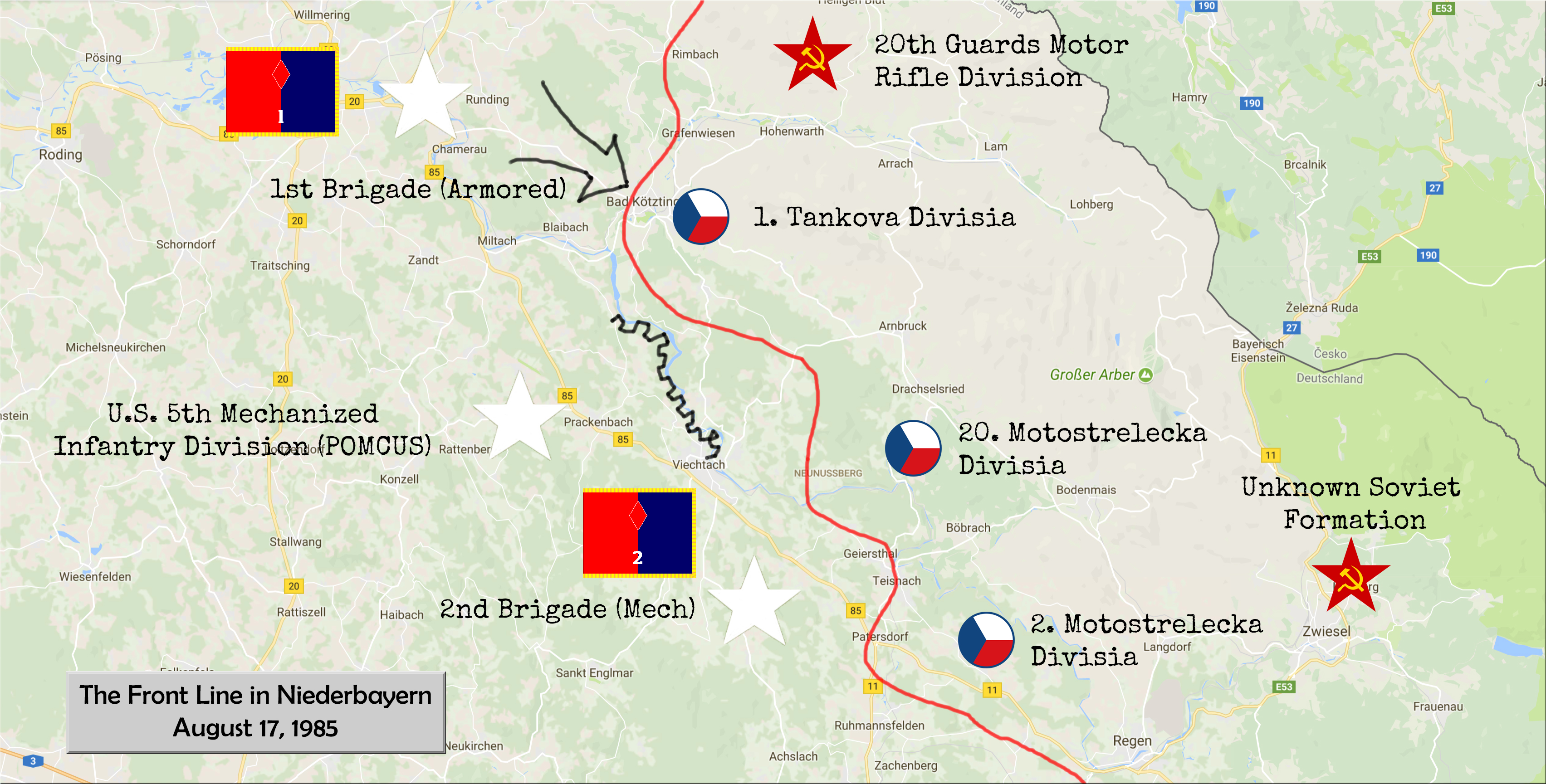
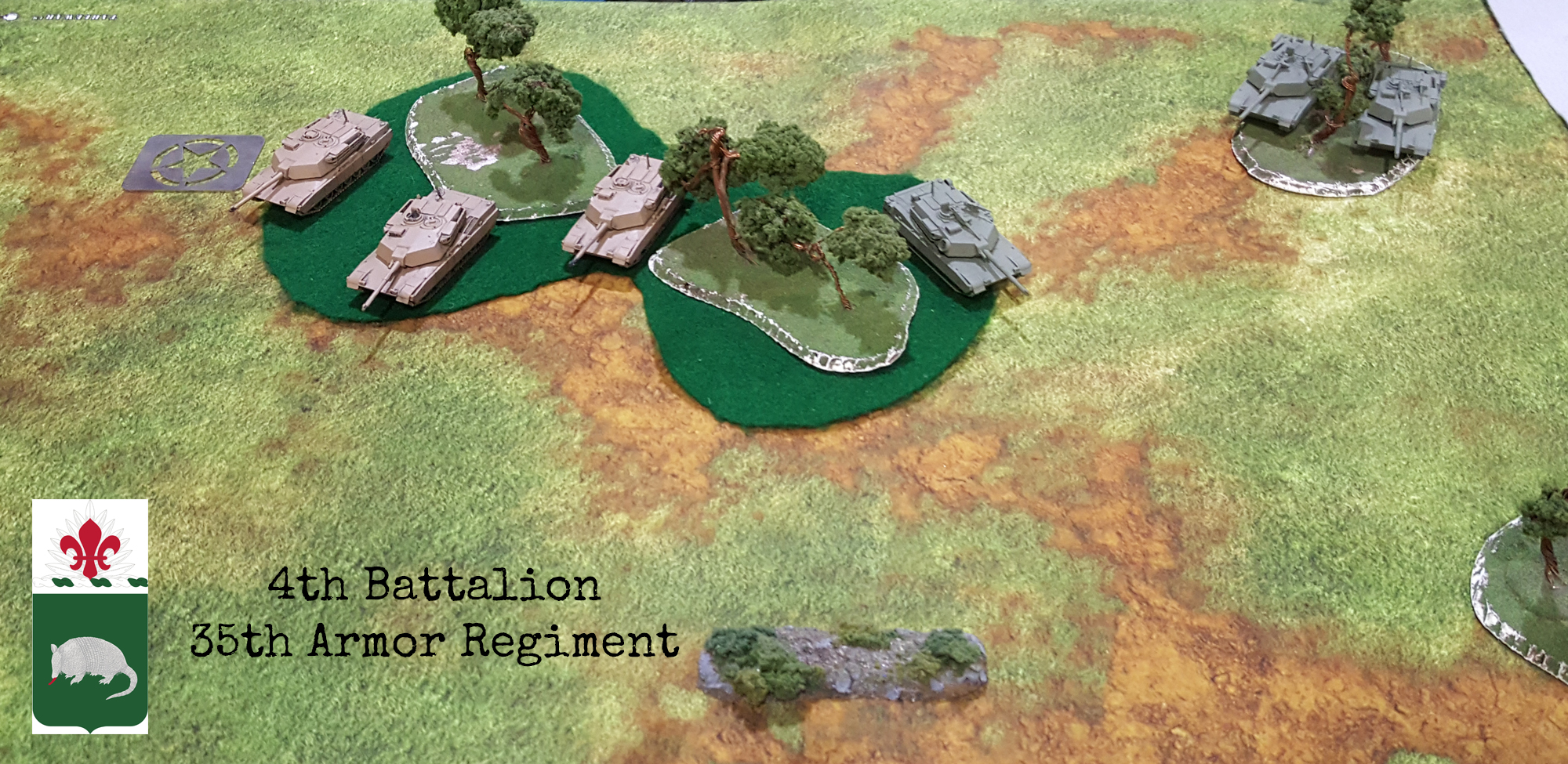
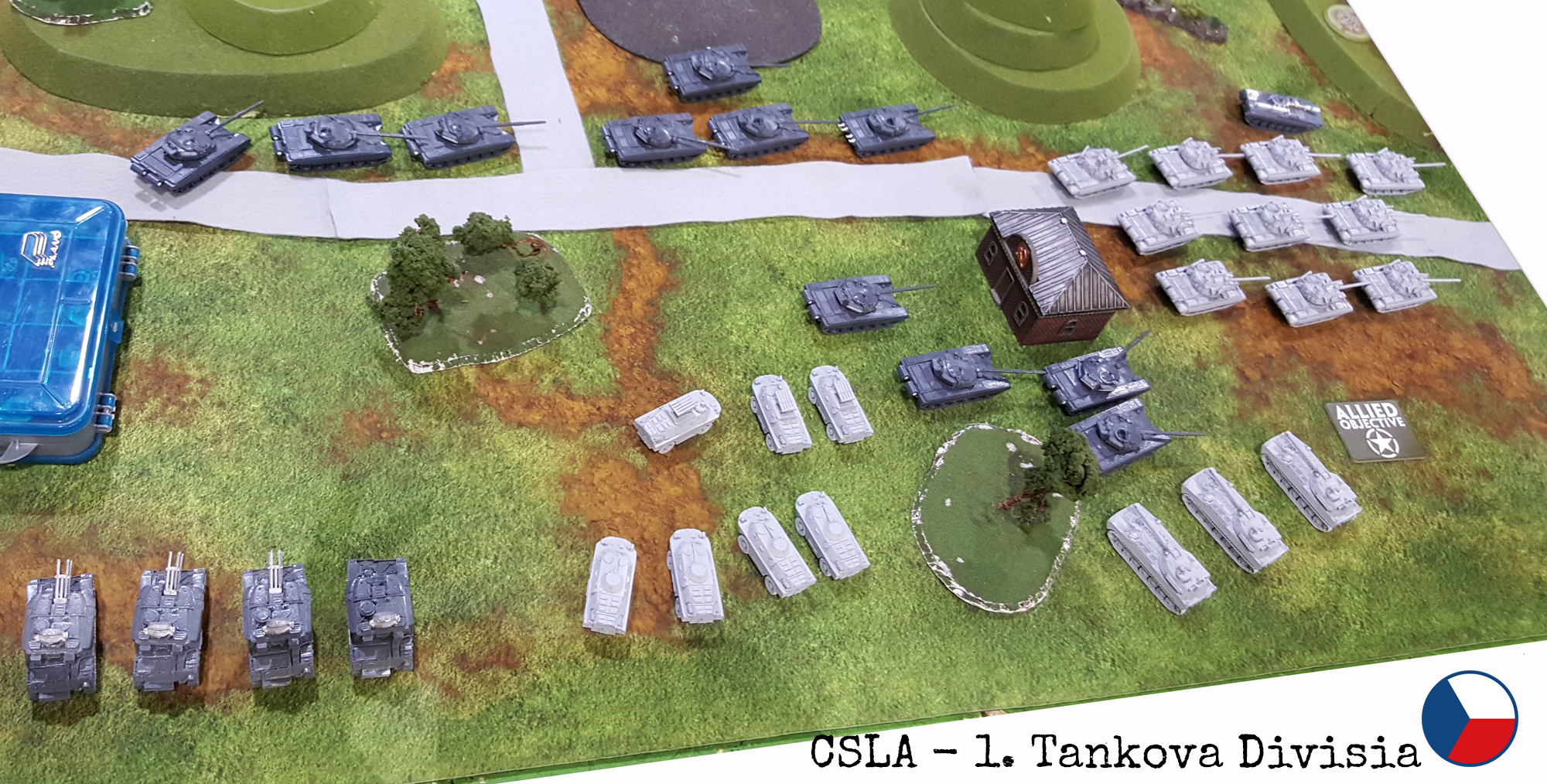

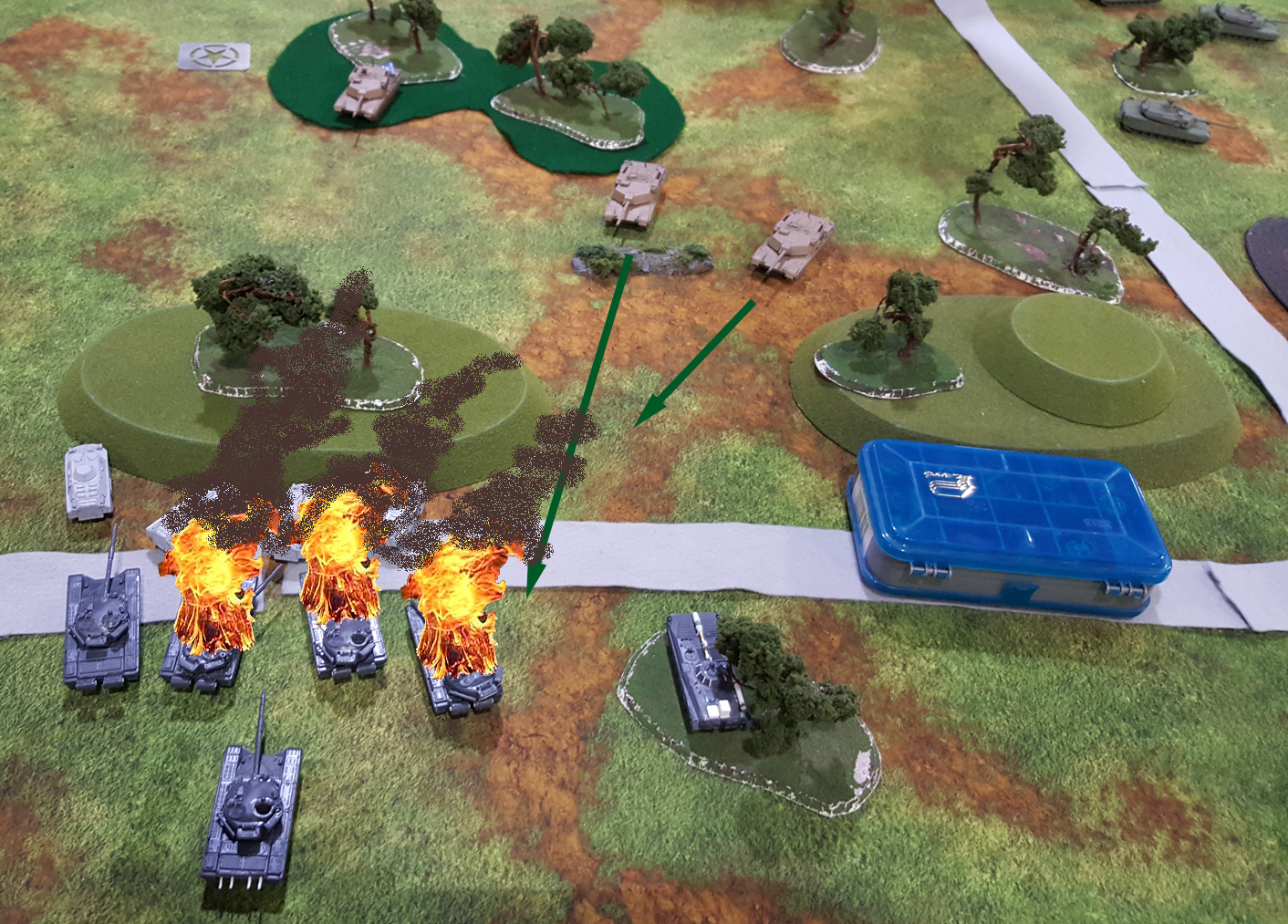
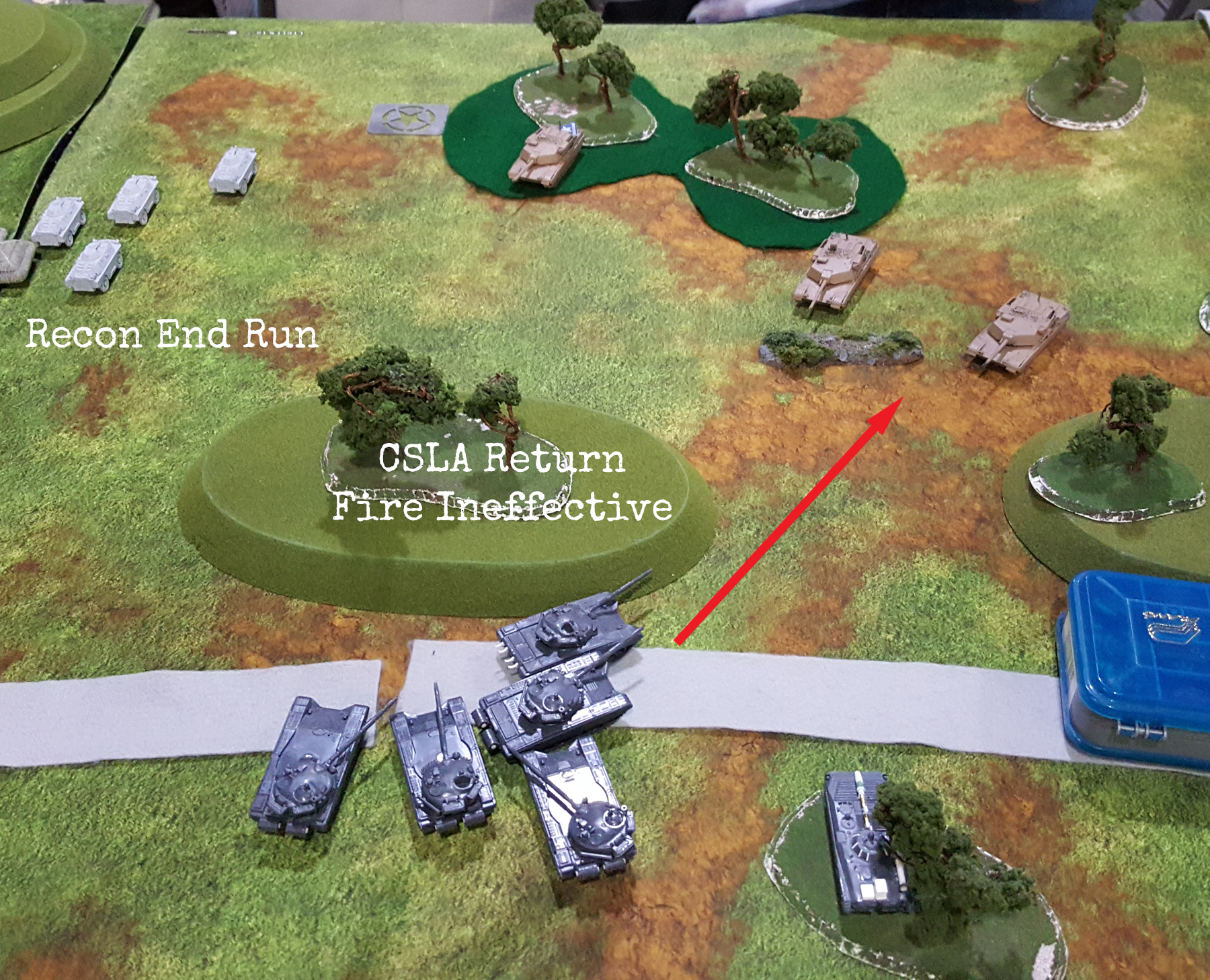
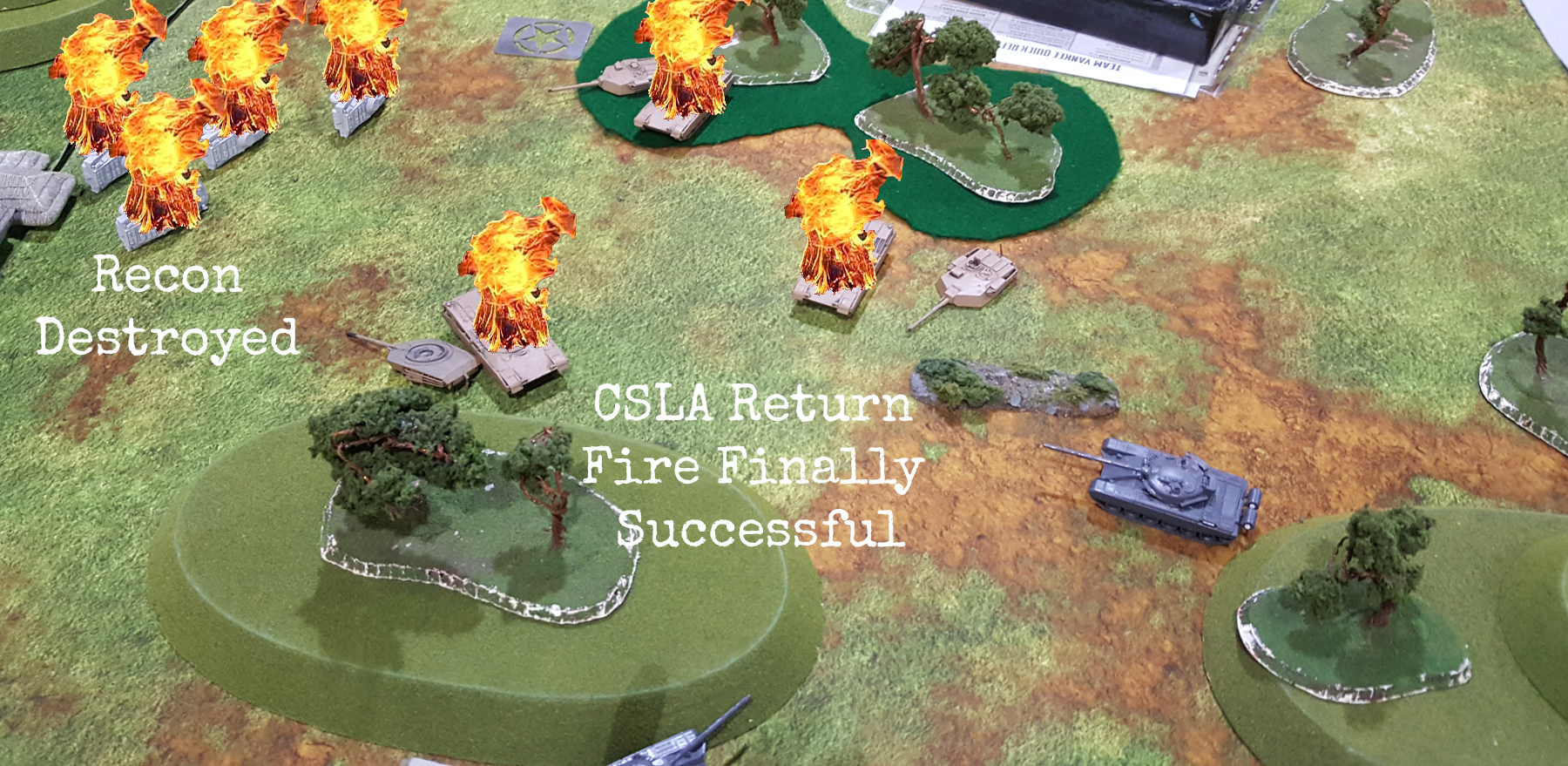

No comments:
Post a Comment